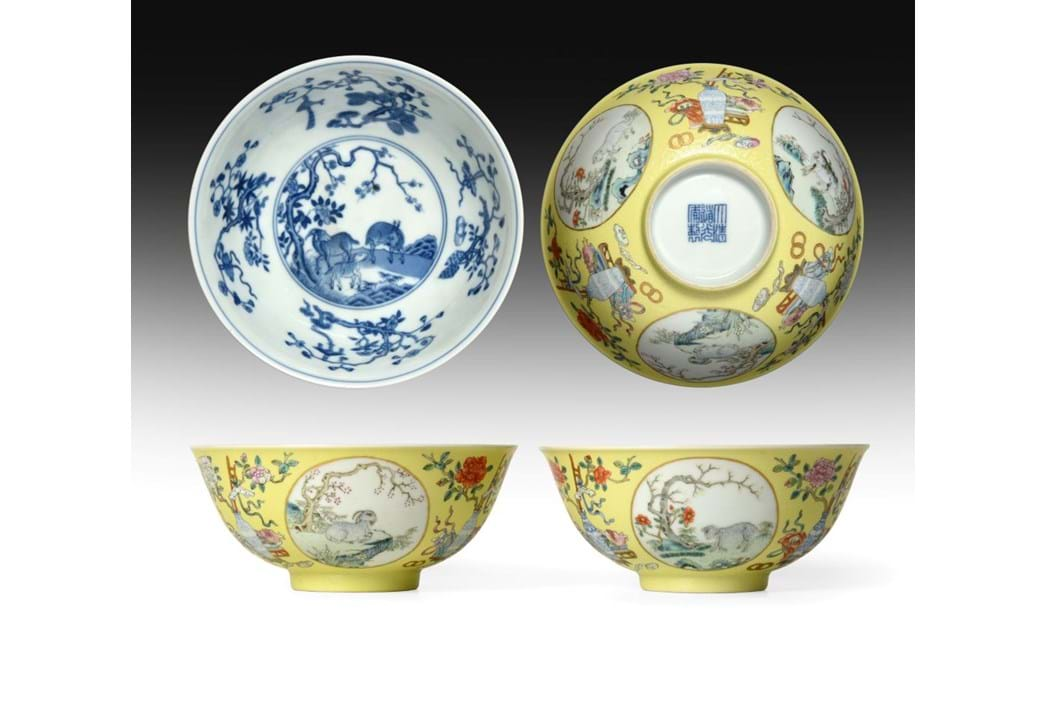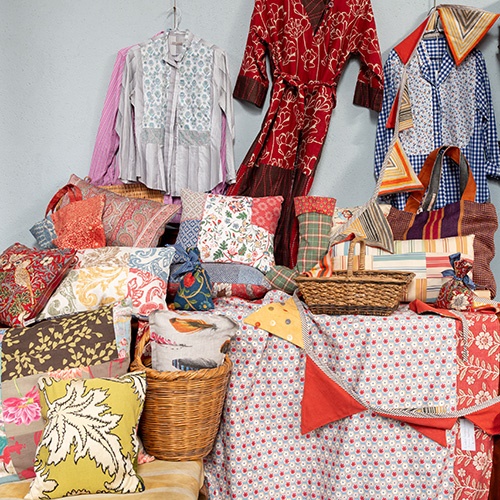A very rare 17th century ‘detector’ lock is one of the stars of Tennants Auctioneers’ Autumn Fine Sale, which will be held on 11th November. On offer with an estimate of £7,000-10,000 (plus buyer’s premium), the beautifully engraved and engineered lock is embellished with a figure of a cavalier and was made by John Wilkes of Birmingham in the last quarter of the 17th century.
The lock was designed to protect a private room or closet and incorporates ingenious features to enhance security. Firstly, as the name suggests, the lock can detect how many times it has been opened since it was reset; when opened the dial moves to indicate by means of a pointed staff held by the cavalier the number of times it has been activated. Once the pointer has reached 100 the mechanism can be reset by pressing a button on the soldier’s breast and turning the key. Secondly, the keyhole itself is hidden behind the foreleg of the cavalier, which is only revealed by activating a discreet switch that springs the leg forward on a pivot. Thirdly, the cavalier’s hat when pushed locks the doorknob in place.
Between 1600 and 1700 locks became increasingly sophisticated, and this lock exemplifies a highpoint of the locksmiths’ art. It is one of a small group of similar locks made by John Wilkes (c.1651-1733), a locksmith who worked first in Staffordshire before moving to Birmingham. Other examples are held in the collections of the V&A, the Met Museum in New York and in Birmingham Museum and Art Gallery as well as examples in situ in Sherborne Castle, Dorset and Berkeley Castle, Gloucestershire.
A Pair of Chinese Porcelain Yellow Ground Medallion Bowls, bearing the Daoguang mark and made in the second quarter of the 19th century lead the Asian Art section of the sale. Painted in enamels with scenes of a goat, a sheep and a ram, the bowls will be offered with an estimate of £30,000-50,000. Amongst British and European ceramics in the sale are a selection of bear jugs from the Collection of the Late Stanley J. Seeger, including a Staffordshire White Saltglazed Stoneware example from the mid-18th century (estimate: £500-800, and a Pratt-Type Figure of a Young Bear made circa 1800 (estimate: £800-1,200). Of interest to collectors is a circa 1756 Worcester Porcelain Coffee Can painted with the stag hunt pattern (estimate: £400-600). A good selection of 19th century glass paperweights is also on offer, including a Baccarat Spaced Millefiori example dated 1848 (estimate: £600-800).
A private collection of barometers is led by a rare Mahogany Angle Barometer, signed C Aiano and made circa 1800 (estimate: £2,000-3,000) and a fine and rare One Day Marine Chronometer with an interesting naval history is on offer with an estimate of £3,500-4,500. Made by John Roger Arnold in London circa 1825, the chronometer was one of circa 90 purchased from Arnold by the Observatory at Greenwich. A full history of this chronometer, including the list of ships on which it was used, was included in a 1987 issue of the Antiquarian Horology Journal. Also of maritime interest is a rare French Gilt and Patinated Metal Automaton Quarter Deck Striking Clock made circa 1890 by Guilmet of Paris, in the form of the stern deck of a ship with an automaton sailor at the wheel (estimate: £4,000-5,000).
A Late 19th Century Louis XVI Style Bureau Plat et Cartonnier by Paul Sormani is offered with an estimate of £10,000-15,000. The integrated desk and cabinet was made by one of the most celebrated cabinetmakers working in Italy in the 19th century, known for his exquisitely crafted furniture inspired by pieces from the Louis XIV to XVI periods. Further notable lots of furniture include a pair of Howard & Sons Ltd Chairs (estimate: £5,000-7,000), and a late 19th century French Kingwood, Tulipwood, Ormolu-Mounted Meuble d’Appui (estimate: £2,500-3,500).
The sale will also include Selected Items Sold on Behalf of the Terry Family of York (Terry’s Chocolates), including a George II Carved Giltwood Trumeau Overmantel Mirror, incorporating a painting of an Italianate Landscape by a follower of John Wootton (estimate: £2,500-3,500), and a George II Oak, Boxwood and Ebony-Strung Enclosed Dresser (estimate: £1,500-2,500). The Terry family have long held a great interest in art and antiques, stretching back across the generations to Sir Joseph Terry (1828-1898), who was Governor of the Yorkshire Fine Art and Industrial Institution, now York Art Gallery. Since then, the family have had a strong and continuing interest in the antiques world, and the family collection has gradually evolved with acquisitions and dispersals over the generations. During the 20th century, the collection was greatly influenced by Noel G Terry, a well-known collector of antiques and clocks whose own collection is now housed in Fairfax House, York, and by Noel’s father-in-law H.E. Leetham who became Chairman of Terry’s during the First World War. In later years, the collection was added to by the late Carin Terry, who having been born in Sweden brought a more Continental taste as well as a love of the English Georgian period.
View Sale Details






















